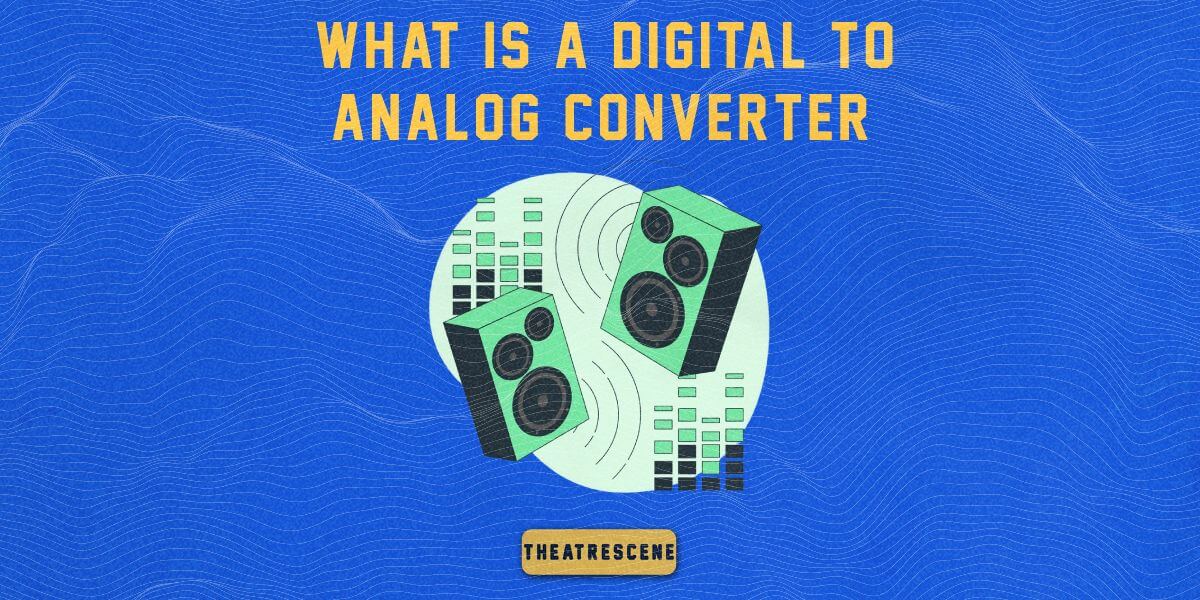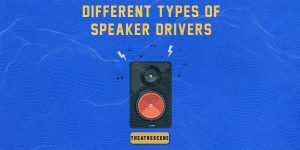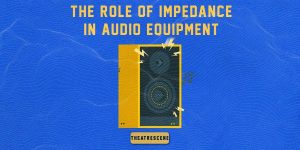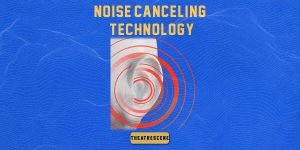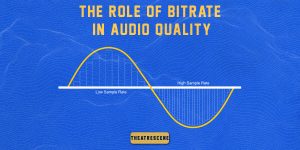In today’s digital world, understanding a digital-to-analog converter, or DAC, is like unlocking a secret door to better audio quality. It doesn’t matter if you’re bopping to tunes on your phone, vegging out with a movie at home, or cruising with your car’s playlist—DACs make sure those digital tracks get turned into sounds that our ears can actually make sense of.
Stick around as we uncover why DACs are an indispensable part of our audio adventure!
What is a DAC?
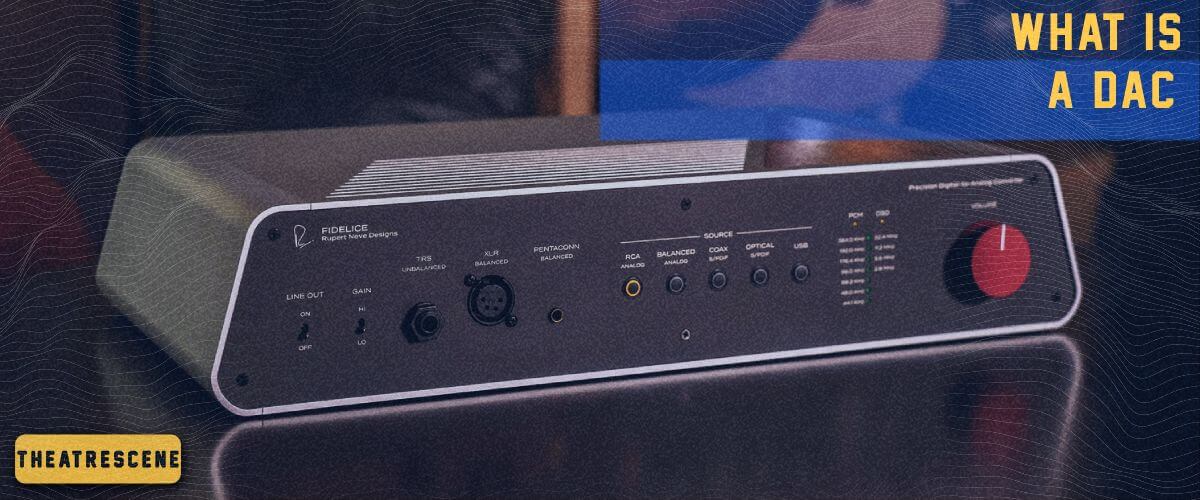
A DAC, or digital-to-analog converter, is this nifty little device important in our daily audio experiences. Basically, it takes digital data – think of those 1s and 0s your devices love so much – and transforms it into analog signals that our headphones or speakers can use to produce sound. It’s like a translator, turning the language of computers into something we can actually understand and enjoy.
I’ll never forget when I first figured out the magic of a DAC on my tunes. I was rocking a pair of not-so-fancy headphones with my computer, and the sound was really bad. But then, I snagged an external DAC, hooked it up to my rig, and it was a total game-changer! My music instantly got this whole new vibe – way more depth, super clear, and just richer all around. That’s when it hit me: a DAC in audio systems is like a magic touch to better sound quality.
So, what’s the big deal about digital and analog signals, and why do we need this translation to happen? Well, most of the audio files we have today are stored in digital format, but our ears are analog devices. They don’t understand the language of 1s and 0s. What they need is a continuous wave of sound to process. That’s where the DAC comes in. It takes those digital files and converts them into an analog wave, creating a bridge between our digital files and our analog ears.
In simpler terms, a DAC used for audio essentially ensures that the music or audio we play on our digital devices can be translated into something our speakers and headphones can use, ensuring that what we hear is as close to the original recording as possible.
How DACs work?
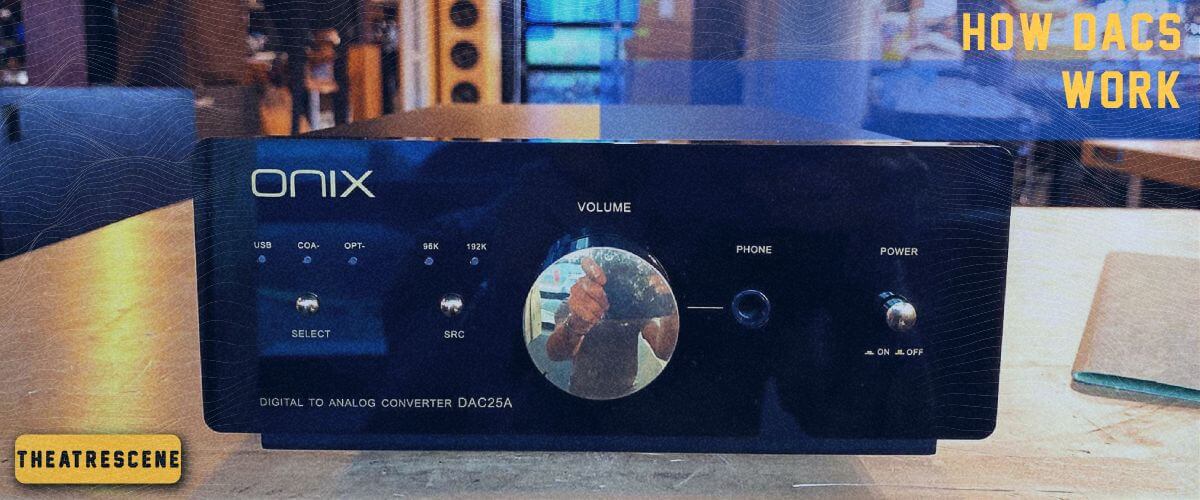
Digital audio is made up of samples, which are snapshots of a sound wave at a particular moment in time. The sample rate, usually measured in kilohertz (kHz), tells us how many of these snapshots are taken per second. A higher sample rate means more snapshots and, generally, better audio quality. Next up is bit depth, which tells us how much detail is captured in each snapshot. A higher bit depth allows for a more precise representation of the sound wave, also contributing to better audio quality.
DAC systems essentially reverse this process. They take these digital snapshots and use them to reconstruct the original sound wave. The DAC reads the 1s and 0s, translates them back into the sound wave, and sends it on its way to your speakers or headphones. It’s like piecing together a puzzle to recreate the original picture.
Inbuilt DACs vs external DACs
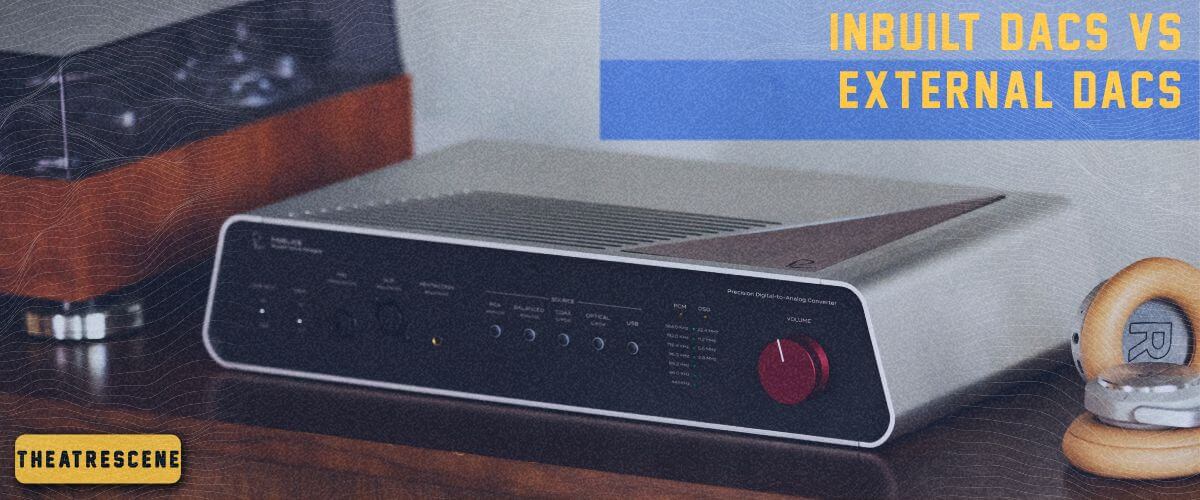
I’ve been messing around with a bunch of audio setups for quite a while now, and let me tell you, the DAC really makes a whole world of difference when it comes to listening to your favorite tunes or watching movies. Pretty much all the gadgets we use every day, from smartphones to laptops, have these DACs built right into them. They’re cool for most of us, making sure we can jam out or binge-watch without a hitch. But just a heads up, even though they’re super handy, they might not give you the top-notch sound quality you could be craving.
When we shift gears and talk about external DACs, that’s where the magic happens. I’ve personally witnessed a transformation in sound quality when I invested in a dedicated external DAC. The improvement in clarity, the reduction of noise, and the enhanced detail in the audio were all immediately noticeable. It felt like lifting a veil off the speakers, revealing nuances in the music that I hadn’t heard before. These gadgets take the burden of converting digital signals to analog off the device, allowing for a more refined and pure audio output.
While built-in DACs are absolutely fine and do the job for most scenarios, investing in an external DAC can really elevate your audio experience to new heights. It’s a bit like DAC explained in practical terms – you have to hear it to believe it!

